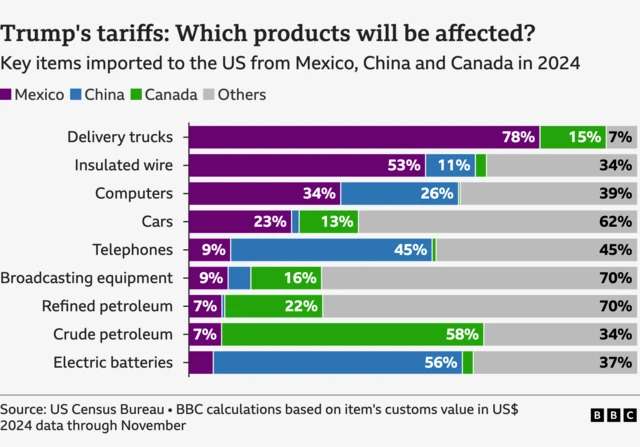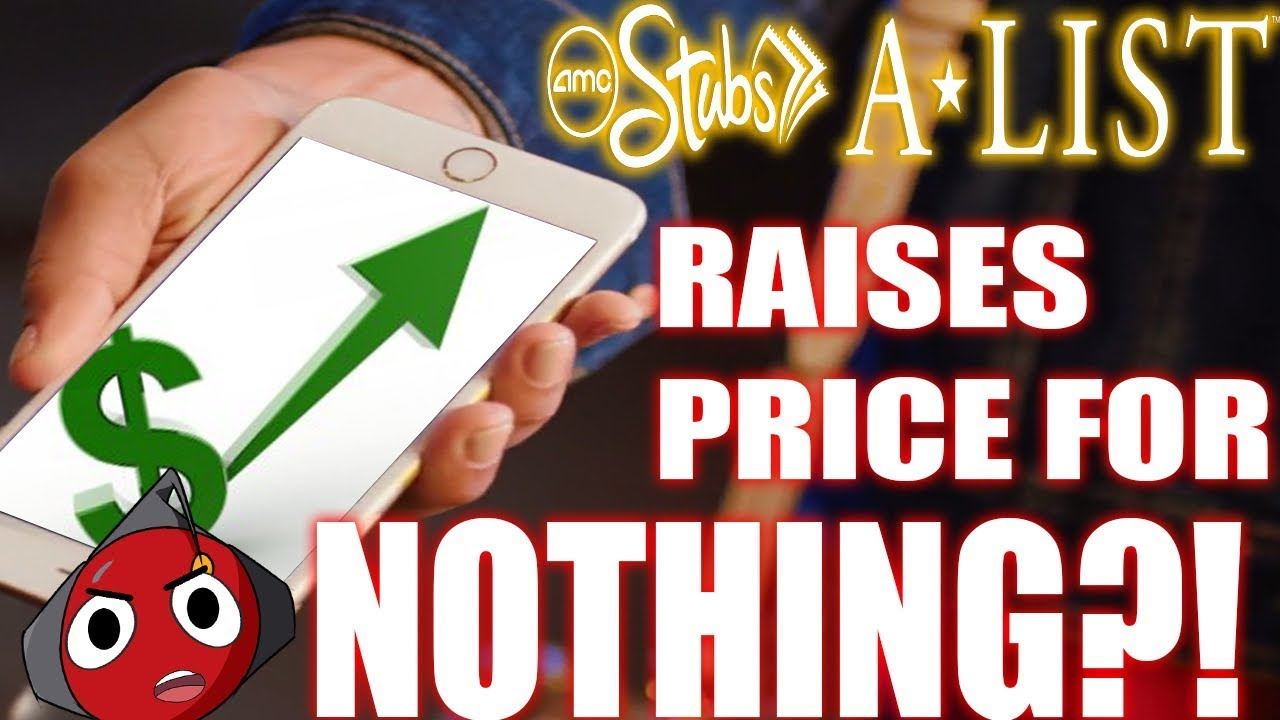Chase Zelle policy changes are set to reshape the way customers engage in peer-to-peer payments, particularly when transactions involve social media contacts. Starting March 23, 2025, Chase will implement a new policy that restricts Zelle payments to recipients identified through social platforms, a move designed to combat the growing risk of online transaction fraud. With reports indicating that a staggering 50% of fraud claims tied to Zelle transactions stem from social media interactions, these changes aim to enhance Zelle user protection amid rising social media scams. Furthermore, Chase’s heightened scrutiny on transactions signals a significant shift in their banking policy, reflecting a robust commitment to safeguarding its customers from potential scams and illegitimate payments. As the digital payment landscape evolves, understanding these policy changes will be crucial for anyone using Zelle for online transactions.
In light of recent adjustments by Chase regarding Zelle user policies, consumers need to be aware of the implications for their financial interactions. The upcoming regulations will affect how digital payments are processed for those buying or selling items through platforms like Facebook Marketplace and Instagram. With increasing incidents of fraud linked to social media exchanges, these new guidelines aim to bolster protection for users and deter fraudulent behavior. Chase’s banking practices are adapting to address concerns about the safety of online transactions and to ensure that customers are better shielded against the risks associated with social media scams. As this trend unfolds, it serves as a reminder of the importance of vigilance and caution when engaging in digital commerce.
Understanding Chase’s New Zelle Policy Changes
Chase’s impending policy shift regarding Zelle payments marks a new approach in how the bank is handling online transactions, especially those originating from social media. Effective March 23, 2025, Chase will begin exercising heightened scrutiny over Zelle payments, particularly those targeting contacts in social networks. This decision stems from alarming statistics revealing that a substantial percentage of fraud claims amongst Zelle users have originated from social media interactions, prompting Chase to take protective measures to safeguard its customers from potential financial losses.
The improved Zelle user protection initiative suggests that transactions flagged as potentially risky may be halted until further clarification is provided by the payer. This can involve detailing the purpose of the payment, the nature of the relationship with the recipient, or any additional context deemed necessary by Chase. By implementing these policies, Chase is not only prioritizing user security but also positioning itself as a responsible bank, tackling the increasing trend of online transaction fraud in the social media era.
Impact of Social Media Scams on Zelle Users
As the digital landscape continues to evolve, so does the propensity for fraud. Reports indicate that social media scams have become a leading source of financial loss among younger consumers, with 60% of individuals aged 18-24 experiencing or knowing someone who has faced losses due to these scams. This alarming rise has compelled banks like Chase to recalibrate their policies regarding services such as Zelle. By blocking payments to social media contacts, Chase aims to mitigate the risk posed by these scams and protect its customers from falling victim to fraudulent activities.
The consequences of not addressing these issues can be severe, not only for individual users but for the reputation of financial institutions themselves. The Consumer Financial Protection Bureau (CFPB) has raised issues surrounding Zelle’s lack of user verification and inadequate pursuit of scammers, further fuelling the urgency for banks to update their protocols. By proactively responding to the growing threat of online transaction fraud, Chase is setting a precedent in the banking sector and arming users with greater protection against the risks associated with Zelle payments.
Navigating Zelle Transactions Safely
While Zelle allows for quick and convenient money transfers, users must remain vigilant to ensure their transactions are secure. With Chase’s new policy changes on the horizon, it’s essential for users to be aware of best practices when using Zelle. Double-checking recipient details before initiating a transfer can prevent mishaps that may result in financial loss. Additionally, utilizing Zelle mainly for transactions with trusted individuals or businesses can further safeguard against potential fraud.
Understanding the bank’s increasing scrutiny on transactions is key for Zelle users. If a payment is flagged due to its social media origin, users should be prepared to provide detailed information justifying the payment. Being proactive and aware of potential scams can not only help users navigate the Zelle landscape more effectively but also instill a sense of confidence in their financial transactions amidst escalating concerns over online security.
The Rise of Fraud in Online Marketplaces
The transition to digital transactions has led to significant shifts in consumer behavior, with platforms like Facebook Marketplace increasingly popular for buying and selling items. However, as the popularity of these platforms surges, so do the fraud risks. As noted by Chase’s policy updates, online transaction fraud is currently a pressing issue, with countless victims falling prey to scams while trying to engage in what should be simple transactions. This reality pushes consumers to approach online deals with caution and awareness.
Banks are now more than ever urged to take responsibility in protecting users from fraud, particularly as a significant portion of financial losses stems from social media-related scams. The growing influence of these platforms not only impacts individual users but affects the broader financial ecosystem, requiring institutions to innovate and adapt their policies to combat this trend. By focusing on enhancing security measures, banks like Chase are laying the groundwork for safer online marketplaces and promoting more secure payment practices.
Chase’s Commitment to User Safety
Chase’s recent updates to its Zelle user protection policy underscore its commitment to ensuring the safety of its customers. The bank’s proactive approach in blocking payments to social media contacts highlights its dedication to mitigating risks associated with online transaction fraud. This response is especially pertinent given the statistics shared by financial regulators indicating that social media platforms are now conduits for many fraudulent activities. By implementing these precautionary measures, Chase is taking a stand to prioritize user safety.
Beyond just policy changes, Chase is also working to educate users about the risks associated with Zelle payments. Providing tips on identifying potential scams and outlining safe transaction practices can empower users to make informed decisions. This educational initiative signals a stronger emphasis on user awareness, setting a precedent for how banks can actively participate in safeguarding their customers amid the evolving threat landscape of digital finance.
Consumer Reactions to Zelle Policy Changes
The introduction of stricter policies by Chase regarding Zelle payments has elicited mixed responses from consumers. While many appreciate the bank’s efforts to shield them from potential fraud, others lament the added friction it may cause in everyday transactions. Users may find the need to provide additional information frustrating, especially if they’re accustomed to seamless money transfers. This tension highlights the balance banks must strike between facilitating convenience and ensuring security.
Moreover, the immediate impact of these changes will greatly depend on how effectively Chase communicates the rationale behind the new policies. Consumer education regarding the increased risk of fraud associated with social media transactions can help alleviate concerns and promote adherence to the new guidelines. Banks must foster a partnership approach with their clients by demonstrating transparency and providing ample resources to navigate these changes, ultimately leading to a better understanding of the evolving landscape of Zelle payments.
Evolving Financial Landscape with Zelle
As financial services evolve, platforms like Zelle are becoming integral to everyday transactions. However, this evolution comes with a unique set of challenges, particularly concerning security. As highlighted by Chase’s response to social media scams, the banking sector must continually adapt to new threats. By instituting enhanced security measures, Chase is not only addressing immediate concerns over fraudulent activities but is also setting a precedent for future innovations in digital transactions.
This focus on evolving consumer needs illustrates a broader trend within the financial industry, where user protection must adapt alongside technology. As consumers increasingly gravitate towards online marketplaces for their purchasing needs, banks like Chase play a crucial role in maintaining safe transaction methods. Ultimately, fostering a secure environment for Zelle payments will benefit both users and institutions as they navigate the complexities of the modern financial landscape.
Regulatory Implications of Chase’s Zelle Policy Changes
The implementation of Chase’s new Zelle policy changes may also have regulatory implications for the banking industry as a whole. As authorities like the Consumer Financial Protection Bureau continue to monitor transactions and fraud incidence, banks will be held to a higher standard in terms of consumer protection. Chase’s decision to restrict Zelle transfers based on social media origins could set a benchmark for other financial institutions to follow suit, ultimately causing a ripple effect across the sector.
As the pressure mounts on banks to enhance their user protection frameworks, regulators will likely scrutinize how effective these measures are in minimizing fraud. Chase’s proactive stance could pave the way for increased oversight and regulations tailored to protect consumers engaging in online financial transactions. As such, the evolution of Chase’s policies may not only improve their users’ safety but could also trigger changes in broader banking protocols to address the challenges posed by digital payment methods.
Future Perspectives on Zelle and Fraud Prevention
Looking ahead, the future of Zelle and similar payment platforms hinges on their ability to adapt to the increasing threat of fraud while maintaining user convenience. Consumers are calling for solutions that will protect them while still enjoying the ease of transferring money. As Chase’s new policy changes come into effect, there will undoubtedly be significant discussions around balancing user experience with security. These dynamics will shape the next generation of digital banking services.
Additionally, ongoing collaborations between banks and technology firms will be essential for developing more sophisticated fraud detection mechanisms. Innovative approaches to user verification and transaction monitoring could help further mitigate risks associated with online transactions. The industry must stay agile and responsive to the evolving landscape of scams and fraud to retain consumer trust and securely drive the future of financial transactions.
Frequently Asked Questions
What are the changes in Chase Zelle policy regarding social media payments?
Chase is updating its Zelle policy to block payments made through Zelle to contacts identified from social media. This change, effective March 23, 2025, aims to reduce online transaction fraud resulting from social media scams.
How will Chase Zelle payments be affected by the new policies?
Under the new Chase banking policy, Zelle payments involving social media contacts may be declined or blocked. Customers may also be asked to provide additional details regarding the transaction to assess potential fraud risks.
Why is Chase implementing these Zelle policy changes?
Chase is implementing these policy changes due to a significant rise in fraud associated with Zelle payments made via social media. Reports indicate that 50% of fraud claims from Zelle users originated from social platforms.
What should Zelle users know about online transaction fraud and Chase’s response?
Zelle users should be aware that due to increasing instances of online transaction fraud, Chase will scrutinize payments made to social media contacts more closely. This includes potential blocking of such payments or requiring further information.
Is there a user protection mechanism for Zelle transactions under Chase’s new policy?
Chase’s updated policy reflects attempts to improve Zelle user protection by preventing potentially fraudulent transactions, particularly those stemming from social media interactions.
Will Chase refund Zelle transactions impacted by the new policy?
There is no refund option for Zelle transactions, as they are considered the digital equivalent of cash. Therefore, if a transaction is blocked under the new Chase Zelle policy, users will not receive a refund.
How does the surge in social media scams affect Chase’s Zelle services?
The rise in social media scams has prompted Chase to enhance its scrutiny of Zelle payments to help protect users from potential scams and fraud associated with online purchases.
What has been the consumer reaction to Chase’s Zelle policy changes?
Consumers may have mixed reactions to Chase’s Zelle policy changes, recognizing the need for user protection against fraud but also feeling frustrated about disruptions to their payment processes, especially for commerce.
| Key Points | Details |
|---|---|
| Chase Zelle Policy Change | Beginning March 23, 2025, Chase will block payments to social media contacts via Zelle. |
| Reason for Policy Change | To reduce fraud stemming from social media transactions, as 50% of fraud claims from Zelle users originated on these platforms. |
| Enhanced Transaction Scrutiny | Users may face additional scrutiny or requests for transaction details to assess fraud risk before a payment is processed. |
| Consumer Impact | Consumers might experience increased friction in transactions, especially for online purchases or trades with social contacts. |
| Fraud Statistics | 60% of users aged 18-24 have been affected by online scams, influencing the decision for heightened security measures. |
| Previous Concerns | The CFPB criticized Zelle for not adequately protecting users, who lost $870 million to scams since its launch. |
Summary
The recent Chase Zelle policy changes indicate a significant shift in how transactions through the Zelle platform will be handled, focusing on reducing fraud associated with social media interactions. With the impending implementation of blocking payments to social media contacts starting March 23, 2025, users are advised to prepare for increased scrutiny during their transactions. This move aims to curb the rising trend of scams linked to social marketplaces, responding to pressing concerns highlighted by the Consumer Financial Protection Bureau about user protection and fraud prevention. As Chase enhances its transaction oversight, it is essential for consumers to stay informed about these changes and their implications for online payment safety.



